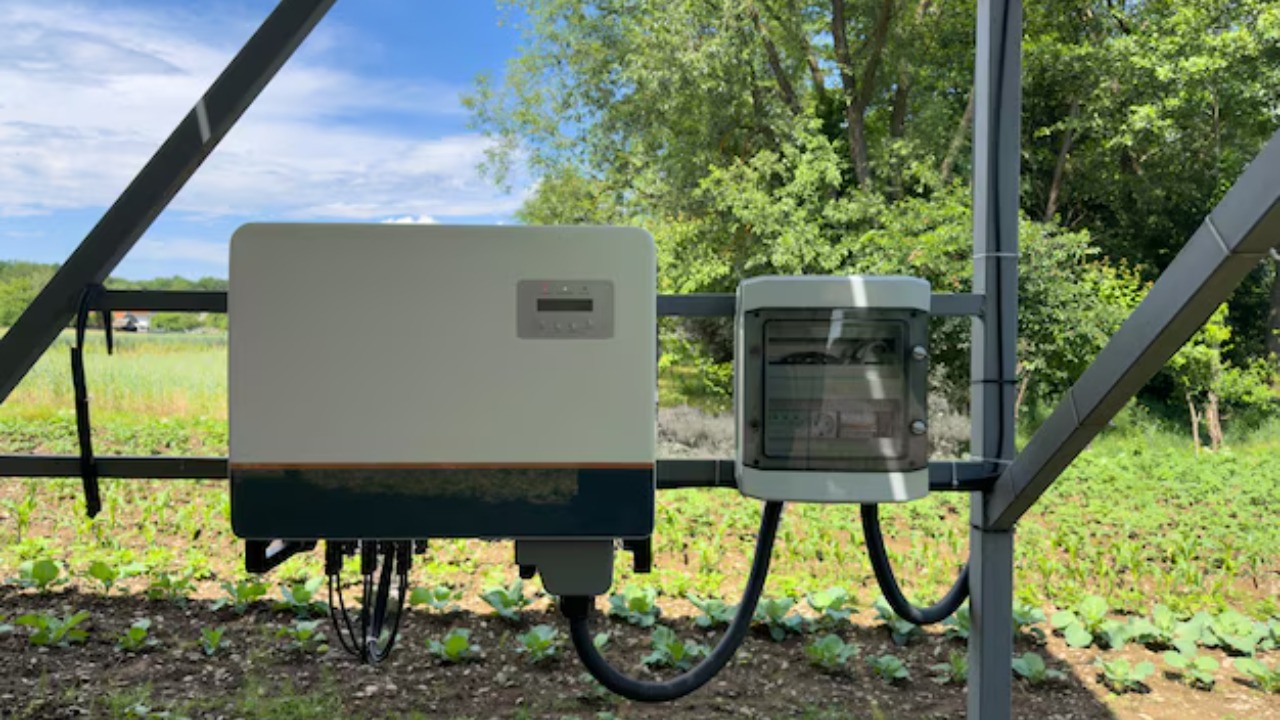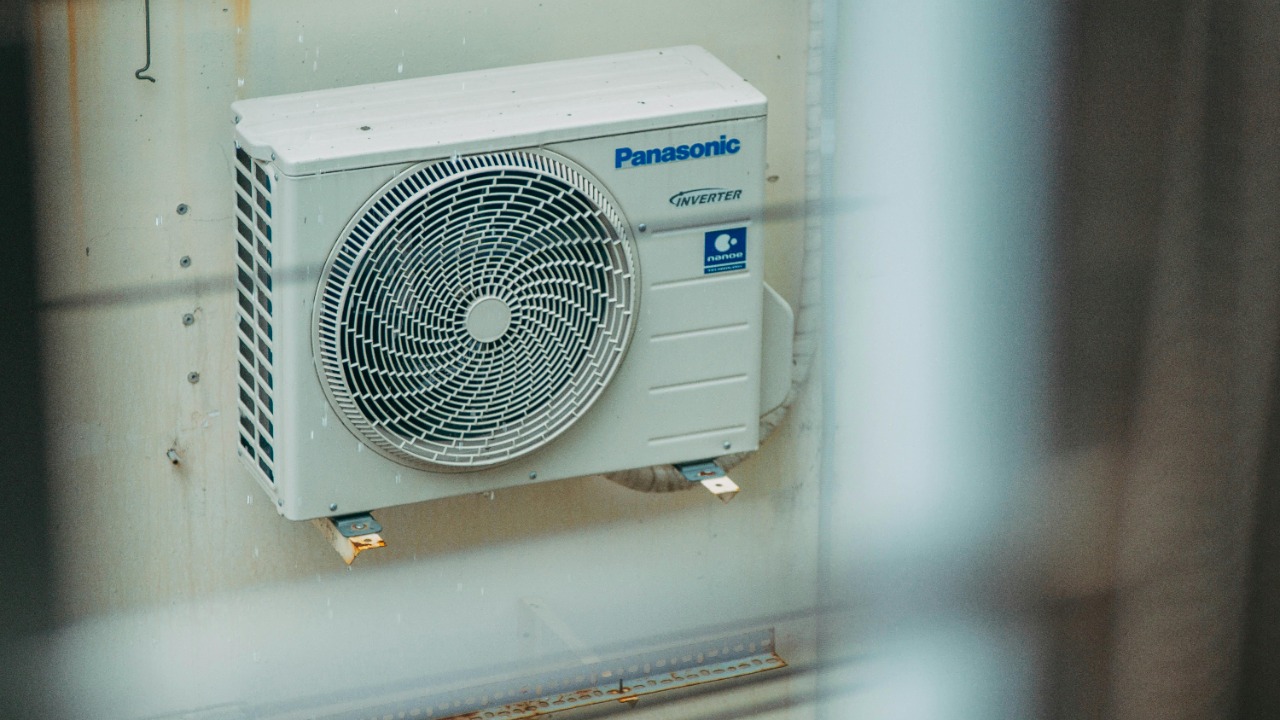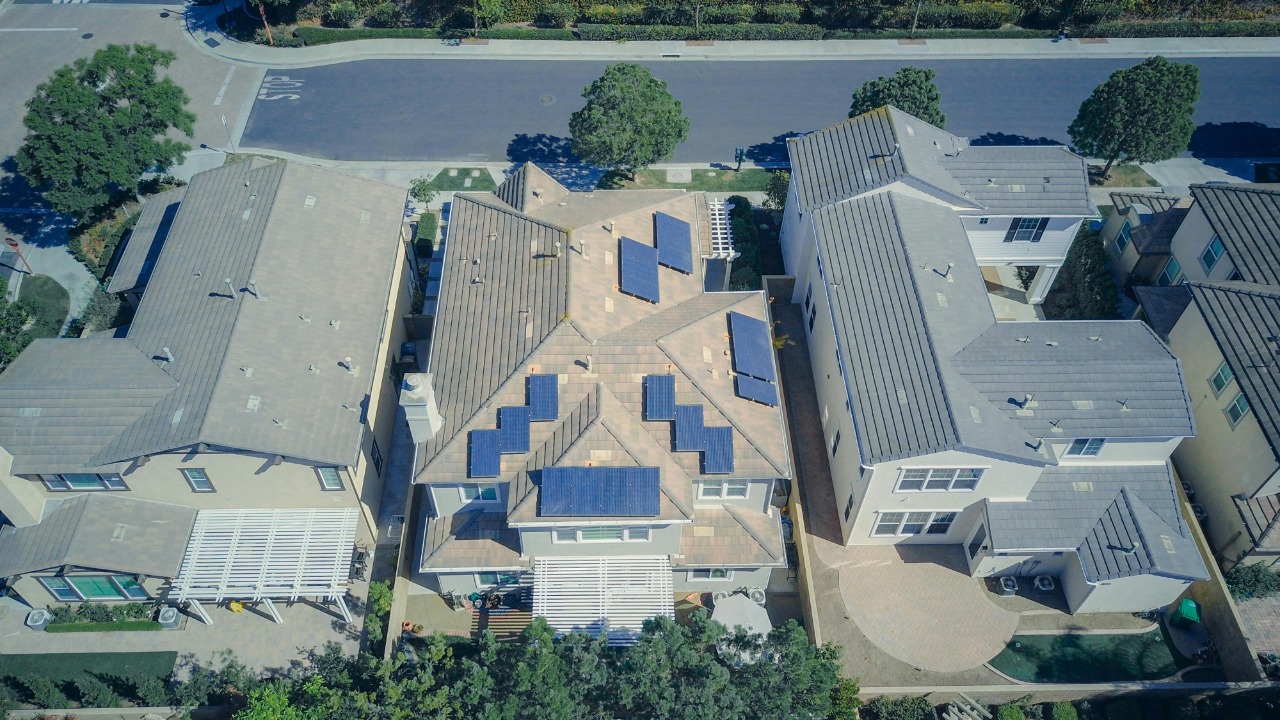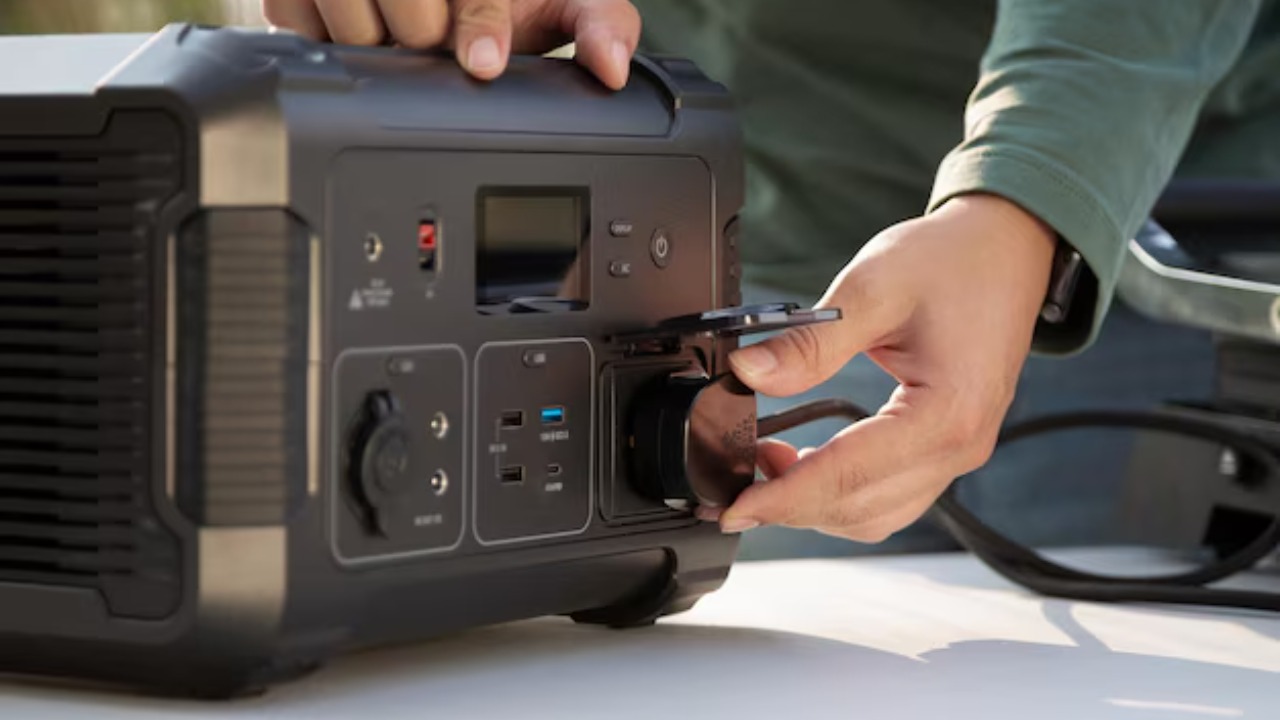
In times of power outages, especially during the sweltering heat of summer, many homeowners wonder if a portable power station can effectively run their air conditioning units. Exploring the feasibility of using portable power stations for emergency cooling involves examining their capabilities, limitations, and the factors to consider before making an investment.
Understanding Portable Power Stations

Portable power stations are compact, versatile devices designed to supply electricity in situations where traditional power sources are unavailable. Unlike traditional generators, they operate quietly and run on stored energy, typically from lithium-ion batteries. Key components include an inverter, battery management system, and multiple outlet types to connect various devices. This makes them a more environmentally friendly and convenient solution compared to fuel-powered generators.
The power output and capacity of portable power stations vary significantly. They can range from small units producing around 100 watts, suitable for charging gadgets, to larger models offering up to 3000 watts, capable of powering household appliances. However, while portable power stations are excellent for running low-energy devices, their ability to support high-energy appliances like air conditioners is limited. Factors such as noise levels, maintenance requirements, and environmental impact present both advantages and drawbacks. For instance, their quiet operation and minimal maintenance are appealing, but their limited power output can be a constraint.
Air Conditioner Power Requirements

Air conditioners come in various types, including window units, portable models, and central systems, each with distinct power requirements. Window and portable AC units are typically less demanding, consuming between 500 to 1500 watts, whereas central air systems require significantly more power. To determine if a portable power station can handle an AC unit, it’s crucial to understand its wattage and BTU (British Thermal Unit) needs. Calculating these requirements will help in selecting the appropriate power station.
Another important consideration is the difference between startup and running power. Air conditioners often require a surge of power at startup, which can be two to three times their running wattage. This surge can challenge a portable power station’s capacity, making it essential to know both startup and running power needs before committing to a purchase.
Matching Power Stations to AC Units

Assessing compatibility between a portable power station and an AC unit involves a few key steps. First, determine the power station’s maximum output and compare it to the AC unit’s startup and running wattage. Many manufacturers provide guidelines and specifications to help users understand this compatibility. Popular models like the Goal Zero Yeti and the Jackery Explorer have been known to power small window units but may struggle with larger systems.
To maximize efficiency, consider using energy-efficient settings on your AC unit and limiting the number of additional devices drawing power. Some practical tips include pre-cooling rooms, using fans to circulate air, and insulating spaces to maintain cooler temperatures longer.
Factors to Consider Before Purchase

A cost vs. benefit analysis is crucial before purchasing a portable power station. While they offer a quieter and more sustainable solution compared to traditional generators, the initial investment can be significant. Evaluating the frequency of power outages and the importance of maintaining air conditioning during those times will help determine if the investment is worthwhile.
Portability and ease of use are other significant factors. Portable power stations vary in weight and design, affecting their transportability and convenience. Additionally, keeping an eye on emerging technologies and trends can provide insights into future developments that might influence purchasing decisions.
Alternative Solutions and Recommendations

For those seeking more comprehensive solutions, hybrid systems that combine portable power stations with renewable energy sources like solar panels or wind turbines can be explored. These systems offer sustainable and long-term solutions for energy independence, especially during extended outages.
Traditional backup options such as gas generators or battery backup systems remain viable alternatives. While they might not be as environmentally friendly, they can provide the necessary power for high-demand appliances like central air conditioning systems. Consulting expert recommendations can also provide valuable insights into the best practices for emergency cooling solutions.
For more detailed analysis and research on the effectiveness and integration of portable power stations in emergency scenarios, consider reviewing studies such as those published on IEEE or SSRN. These resources provide in-depth technical insights that could further guide your decision-making process.